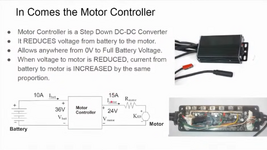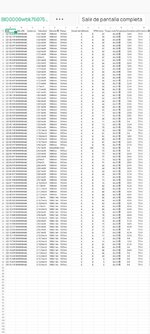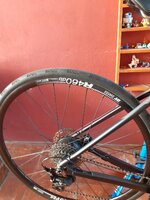the effect of tires is amazing. The picture below shows the parameters from the Mahle application for the same route, under the same conditions (weather, max uphill 8%, bike ride duration around 1.36 hours, etc.) - except for the tires.
Result:
- over 36% lower electricity consumption,
- 2 Amps lower max. electrical current (lower motor load)
- over 15% shorter use of the bicycle motor (front parts of the climbs can be mastered without motor assistance)
- overcoming the maximum ascent of 8% without the third level of assistance (previously not possible)








